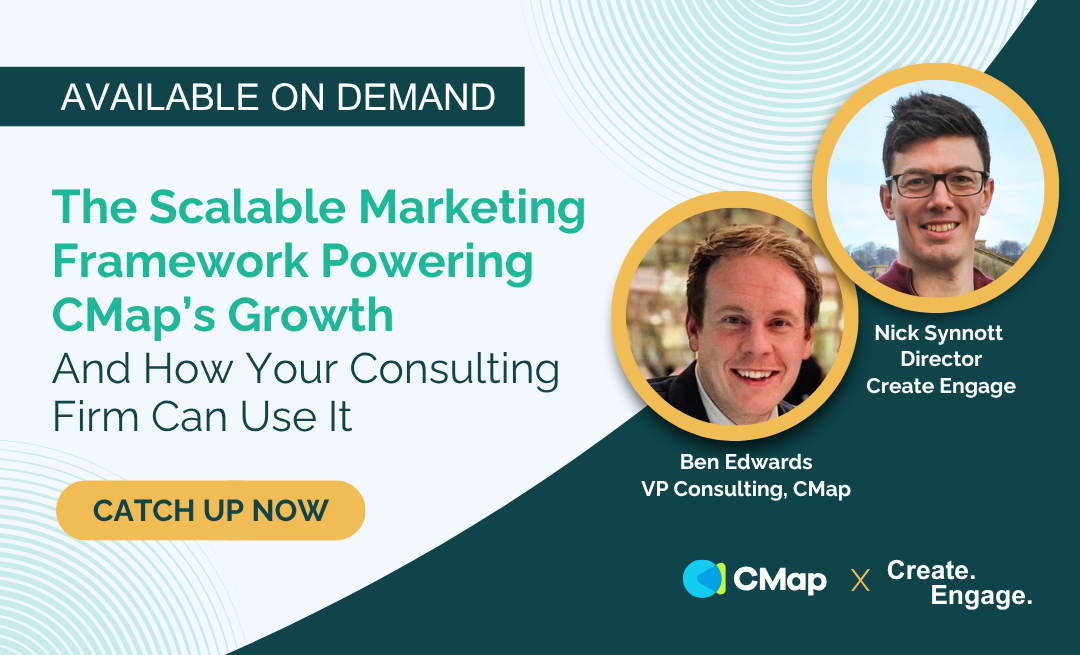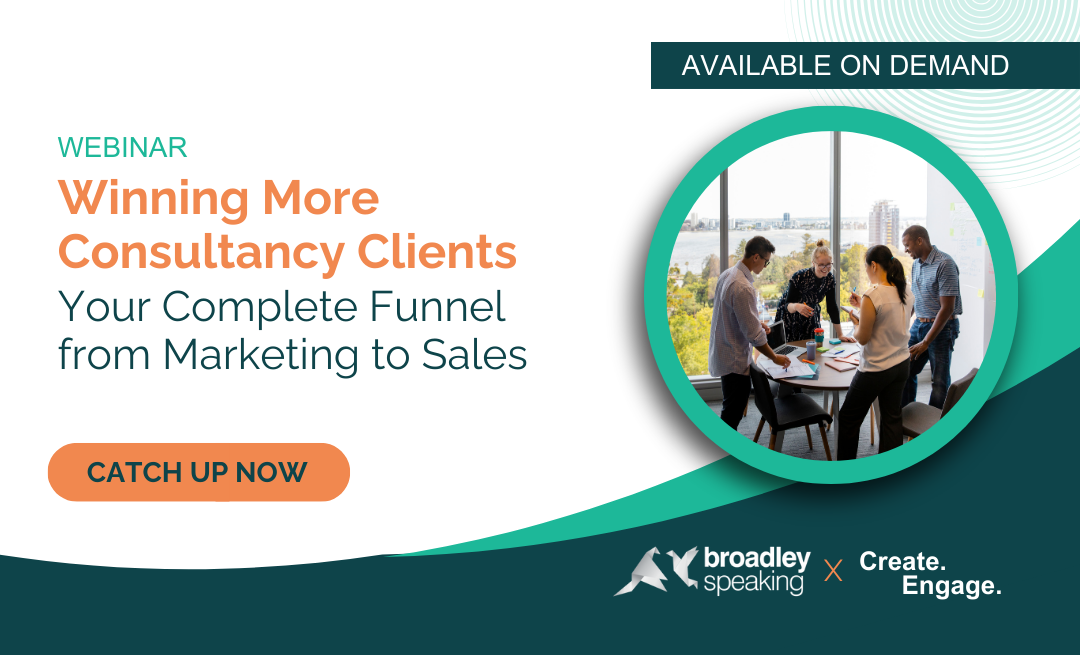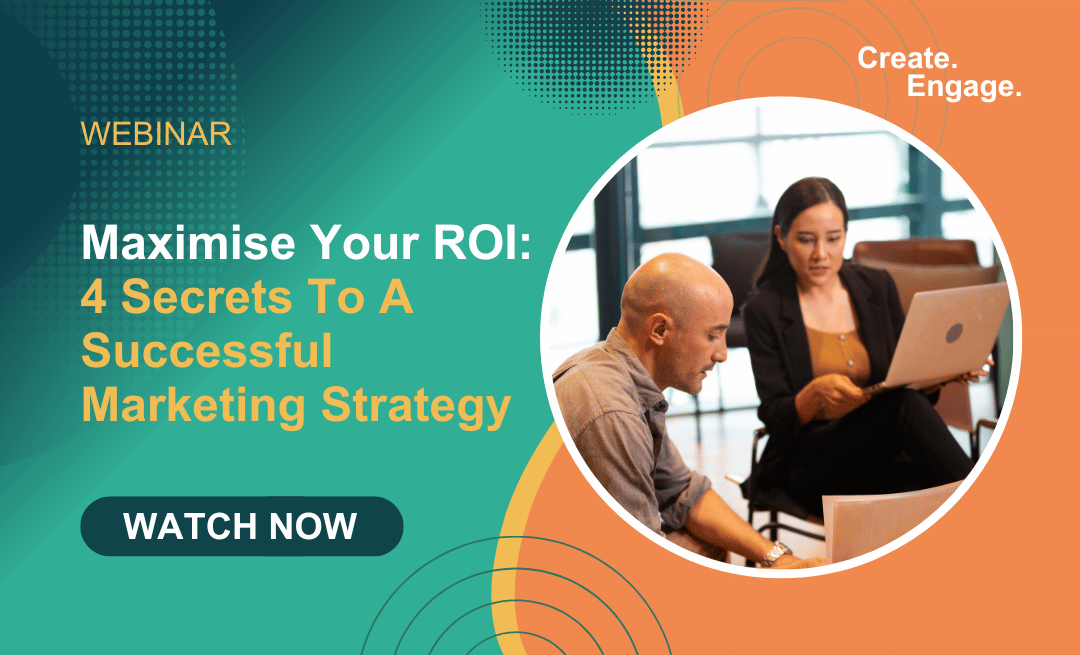Are you proud of your corporate blog? Does it feel like it’s generating results for your business?
If so, then great. No need to read any further!
However, if you feel like you’re publishing blogs but not getting results – whether that’s engagement, page views, social sharing, or new leads – then this article will help you fix that problem and turn your corporate blog into a real asset for your firm.
Why are you blogging?
In the words of leadership author Simon Sinek, you need to start with why. The first question you need to ask about your blog is: why do we publish a blog in the first place?
This is where you need to think both strategically and honestly. It’s possible that you publish blogs because it’s a good way of driving potential new clients to your firm’s website, or because you have clients and industry contacts who ask you to write what you think on a certain issue. These are great reasons to have a corporate blog.
But it’s also entirely possible that you’re blogging for less effective reasons, such as:
-
Our firm needs to show how smart we are
-
Writing blog posts gives our junior staff something to do, and a way for them to tick the box when it comes to performance appraisals
What you might find when you ask yourself this question is that you’ve never really thought about why your firm has a blog, and you don’t really know what results you’re trying to achieve by blogging. You might find that the reason you’re doing it is because everyone else seems to do it. It’s something you feel like you should be doing.
The good news is that if this is the case with some tweaks and a slight change in focus, your blog can become a real asset to your Consultancy.
Here are three things you can start doing today to turn your corporate blog into an effective lead generation machine.
1. Build a readership around individuals, not the company.
In 2012, the publisher Little Brown released a novel based on a race for a Parish Council seat in a rural English town. The book wasn’t a sequel, a film tie-in, or an action thriller. Yet it was one of the biggest books of the year and sold hundreds of thousands of copies.
Did people buy it because it was published by Little Brown? No. They bought it because it was written by JK Rowling, the creator of Harry Potter and the most successful author of the 21st century.
Outside of news outlets, people rarely follow publishers or companies, they follow writers. You are unlikely to cultivate a readership around your firm as a whole, but you can build an audience of people who like the blogs and insights of a particular Consultant or Partner.
You should then mirror this approach when it comes to sharing and promoting content. You want your content to be posted first and foremost by the author and not your ‘content mothership’ – otherwise known as your Corporate social media page.
A new post or piece of content should be shared on (say) LinkedIn by the writer first and then cross-promoted by your firm’s social media accounts. Remember, it’s your Consultants and Partners that you want to showcase as thought leaders, so make sure they are the people you’re highlighting. Again, people follow people, not companies.
To start with, you may want to have one main writer for each niche you focus on, and make that person the focus of your blogs for that subject. As you build an audience, you can add to your stable of writers in a particular niche (and have those writers cross-promote and share each other’s work too).
2. Include calls to action.
It’s unlikely that someone will read your blog, then immediately pick up the phone and engage you for a long-term project. It will take time for a potential client to learn more about your brand, trust in your credibility, and for a suitable opportunity to come up in their business. What you can do is make sure your reader takes a small step towards becoming more engaged with you, with a call to action.
A call to action is anything that asks your audience to perform a specific act.
This can be as simple as ending every post with words to the effect of, “If you’d like to talk to us about how we can help solve your problem, email us at example@notarealfirm.com.”
That’s a simple, straightforward call to action that captures readers who are at the stage in the buying process where they’re ready to talk.
Asking readers to sign up for your email list is another example of a call to action. Building an email list is probably one of the most valuable marketing assets you can build. It’s a form of permission marketing, and over time it will help you build an incredibly valuable list of people who actively want to hear from you.
Another option for a call to action is to link people to another piece of content, like another post on your site, a case study or a podcast on a similar theme.
The aim of the game is to keep your reader engaged. You might not convert them into a client today, but you’ll build engagement, credibility and trust, and potentially add them to your email list. Over time, that trust will grow, until they are eventually ready to become a client.
3. Make sure your content is widely shared.
Count the number of employees in your firm who have a social media account. That is the bare minimum number of shares/likes that each piece of content should receive.
To maximise the reach of your content, you need to encourage it to be widely shared across social media. So for an article shared on LinkedIn, for example, all of your firm’s employees with a LinkedIn account should be encouraged to share it. That will help your content be seen by as many people as possible who are connected to an employee of your firm, dramatically expanding your reach.
You can also encourage your pieces to be shared more widely by creating an engaging headline. A full guide to engaging headlines is beyond the scope of this post, but the basic premise is that you need to grab the reader’s attention.
Too many Consultancy firms stick to a formulaic approach which leads to headlines like “Alan, a Partner in our Financial Services practice, shares his thoughts on GDPR.” In a crowded social media newsfeed, that’s all but guaranteed to be overlooked.
Contrast that with an alternative headline: “Have you overlooked this aspect of GDPR?” It poses a question and entices the reader to click and find out more. From that point of view, it’s much likely to drive engagement.
With a catchy headline and a boost from your firm’s employees, your content is likely to reach many more prospective clients than it is currently.
Key takeaways
You must be clear on what exactly you want to achieve with your blog. Why does your firm have a blog in the first place?
If you want your blog to be a lead generation tool, there are three things you can quickly do to improve it:
Firstly, build a readership around individuals. People engage with people, not companies.
Secondly, ask your audience to perform specific tasks via a call to action. Ask them to get in touch, sign up for your email list or click through to another piece of content. This helps you build trust and credibility over time.
Lastly, make your content widely shareable, by ensuring your firm’s employees are sharing and amplifying your content. Creating engaging headlines will also help to drive engagement and sharing.
Implementing these steps will help you turn your corporate blog from a hygiene factor into a true asset for your business.
If you want to develop a Digital Marketing strategy that drives results for your Consulting firm, feel free to get in touch – we’d love to talk to you!
Found this useful? Hit like below!


